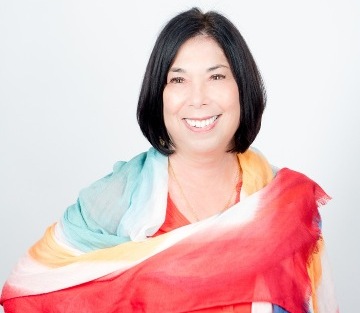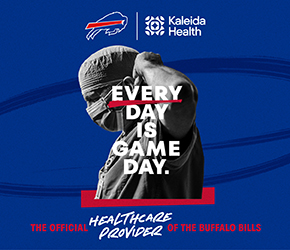UB Researcher Awarded $414K Joyce Foundation Grant to Study Mass Shooting Disparities

BUFFALO, N.Y. – A University at Buffalo social work researcher has received a $414,000 grant from the Joyce Foundation to analyze where most recent mass shootings have been happening.
The two-year project, examining data from 2015-2024, will also seek to identify predictors and recommend interventions, as well as fundamentally attempt to create a classification of the types of mass shootings.
Christopher St. Vil, PhD, an associate professor in the UB School of Social Work, will focus on the top 10 American cities with the highest rates of mass shootings to determine whether these incidents are randomly distributed throughout urban and suburban areas or clustered in specific locations.
His research will draw from the Gun Violence Archive (GVA), an independent data collection and research group with no affiliation to any advocacy organization. The GVA provides near real-time data based on reports from over 7,500 law enforcement, media, government and commercial sources.
The GVA defines a mass shooting as an incident in which at least four people are shot and either injured or killed, excluding the shooter. But St. Vil asks if the shooter’s intent should be considered part of a revised definition of mass shooting, something his research hopes to inform.
“If the shooter intended to kill a specific person, should that be identified as a mass shooting or a targeted shooting?” he asks.
St. Vil’s work, which is already underway, seeks to generate maps through spatial analysis to determine where most mass shootings are concentrated.
As part of this project, St. Vil will conduct a qualitative analysis of media coverage on mass shootings, which, in conjunction with the study’s demographic and geographic data, will help illuminate the underlying patterns of these incidents and identify what populations are disproportionately affected.
“When the media lays out the context as it has historically done, the policies tend to focus on gun ownership, background checks and red flag laws,” says St. Vil. “If we’re thinking about gun violence as an epidemic then those policies do nothing to prevent violence in the cases of illegal guns.
“We have to start talking about the thousands of mass shootings involving illegal guns,” he says. “We need new policies that actually have an impact in the communities where these mass shootings are taking place.”
St. Vil will examine the policies and intervention strategies implemented in the cities he’s studying. That analysis will assess their impact and effectiveness and help guide future policy responses appropriate to what he uncovers with this research, which he wants to bring to the public.
St. Vil is planning two town halls in Chicago and Dayton, Ohio, to discuss the project. He says he wants public reaction to this data and plans to reach out to policymakers and journalists to show them his results.
This research is being conducted in partnership with social work researchers from the University of Toronto, Boston College and the University of Illinois of Chicago.











